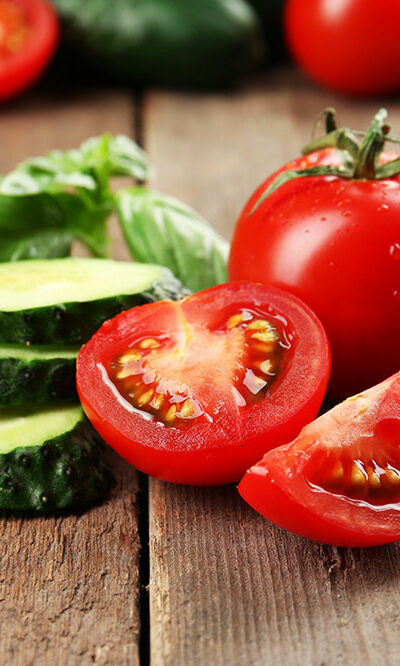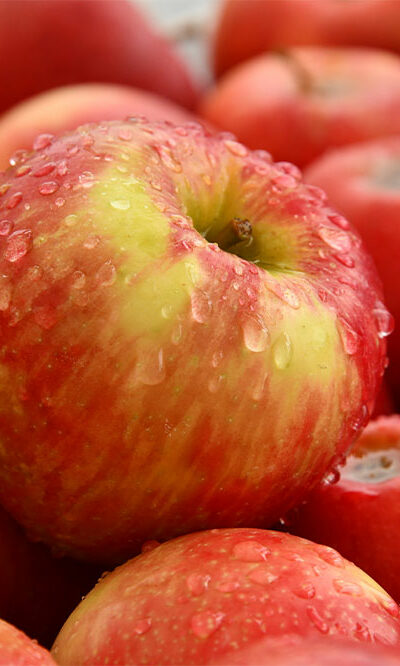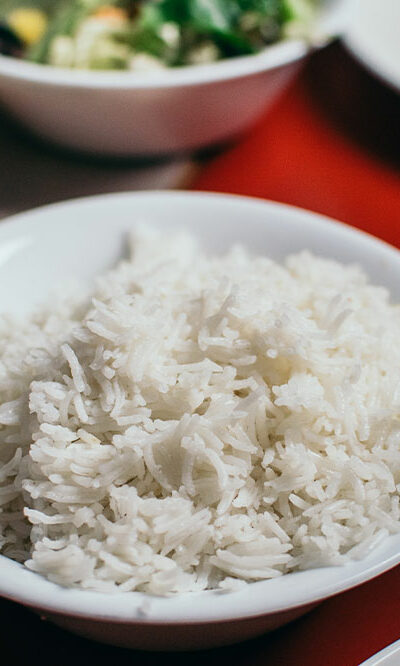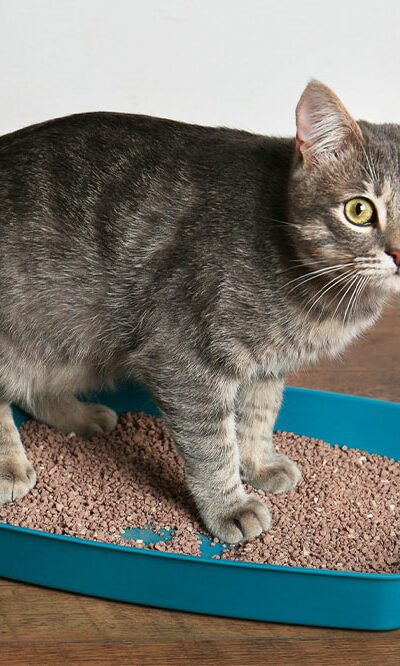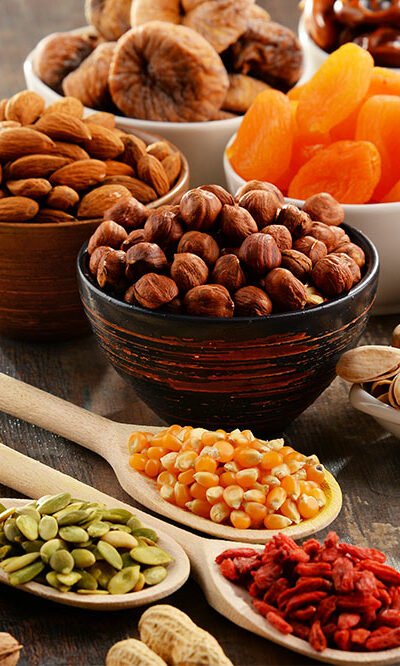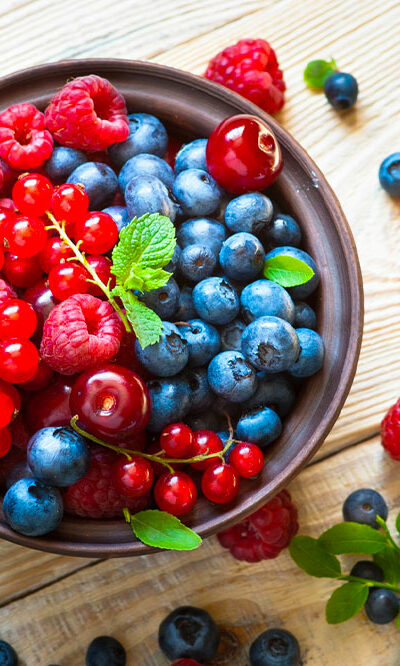
All you need to know about menopause
Menopause marks the end of a woman’s menstrual cycles. It is typically diagnosed after a year of no menstrual periods, but it begins much before that. Menopause occurs in your forties and even fifties, but the average age when it occurs in the US is 51. While it is a natural and biological process, the physical symptoms and the hot flashes may cause disruptions in your sleep and even affect your emotional health in general. There are plenty of treatments available. But, to get started, you need to know what the condition looks and feels like. Here are the symptoms, causes, and complications related to menopause. Symptoms of menopause In the time leading up to menopause, you may experience some common symptoms such as irregularity in periods, dryness in the vagina, as well as hot flashes. Some people also experience chills, sleep problems, mood swings, and night sweats. Weight gain and slowed metabolism are two other symptoms that commonly occur with menopause. Menopausal women may even experience dry skin and thinning hair on a regular basis. However, this is not to say that all women experience these symptoms. Different women go through different issues. Depending on your health in general, you may experience varying levels of symptoms. Most women experience a complete stop of their menses, and when this continues for twelve months, it is generally a sign of menopause. It is best to keep your gynecologist updated and figure out the best way to combat the aforementioned symptoms to alleviate any discomfort. Causes of menopause Menopause can be a result of many different causes. The natural decline of reproductive hormones is the leading cause. The ovaries start to produce lesser estrogen as well as progesterone, both of which are responsible for regulating menstruation. Due to this, fertility keeps declining.
